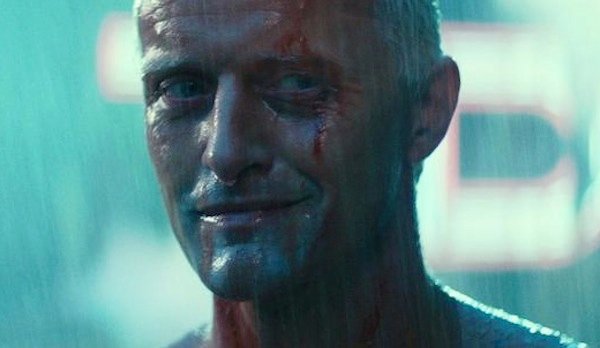The
room is a hush of people studying computers. On screen, a black
window with white grid-squares and pulsing green line. The heartbeat.
We watch it for five more tense minutes leaping and spiking and then
– the zig-zag falls away to a background fuzz. We know it's
flat-lined when the Operations Manager removes his headphones and
begins to embrace the other engineers, almost all men. In their black
crew-shirts, they are mourners at an interment.
The
Machine is dead. The Machine is broken, an abandoned shell on a
desolate body. Indeed that jittery green line was already a ghostly
echo because the deed was done 40 minutes earlier at the other end of
the solar system. Rosetta was instructed to self-terminate on impact,
for a 'clean
ending'.
The Machine has been 'passivated',
some will say killed. The press conference has turned into a wake.
As
I sat riveted to the livecoverage of Rosetta's descent
from ESA headquarters at Darmstadt, the high emotion emanating from
that inner sanctum was unmistakeable. At times during Rosetta's two
year long dance with comet 67P, the anthropomorphism
seemed mainly a device to engage the public. The cartoon cuteness of
mother-ship Rosetta and its adorable bot-child Philae. The
Twitter-feed messages: #AreWeThereYet?
The cuddly toys. But it turns out that no-one had bonded emotionally
more than the engineers and scientists who lived with this project
for decades. Here are some of the comments from that gathering at
Darmstadt:
'Everybody
is very sad but it's a spectacular way to do it.'
'Now
it's time to say sleep well, Rosetta.'
'Philae
was such a brave little boy, sitting in a ravine, still doing
fantastic science.'
'It's
like Sleeping Beauty – I keep hoping some Prince Charming from ESA
or NASA might come to wake Rosetta up.'
'It's
like cosmic euthanasia – we just pulled a plug – a very sad day
for me.'
'Bugger.'
 That
last muttering was from Matt
Taylor
being interviewed live by BBC'sSkyat Night.
Grief
was obviously catching because Chris
Lintott
introduced the programme as marking the 'extraordinary
feat'
but also the
'tragedy'
of the Rosetta mission. The last act of Hamlet
it wasn't – and there was much elation at a perfect descent from
Rosetta capturing one last dust-jet of data as it drifted down to the
comet. Still – why did so many Earthlings 'have
something in their eye'?
That
last muttering was from Matt
Taylor
being interviewed live by BBC'sSkyat Night.
Grief
was obviously catching because Chris
Lintott
introduced the programme as marking the 'extraordinary
feat'
but also the
'tragedy'
of the Rosetta mission. The last act of Hamlet
it wasn't – and there was much elation at a perfect descent from
Rosetta capturing one last dust-jet of data as it drifted down to the
comet. Still – why did so many Earthlings 'have
something in their eye'?
In
truth attributing human characteristics to our machines is nothing
new. For centuries we've given our ships, cars and flying machines
personal pronouns and names, often female ones. We routinely project
human emotions and personalities onto objects. If Tom Hanks can paint
a face on a football and talk to it in Cast Away,
no wonder we loved TheClangers and
Robbie the Robot? Borg-like,
we are more and more hard-wired into a dialogue with our technology
as it wraps itself around our lives. There you see; personification
again. Our daily use of IT may just be re-programmingthe way we communicate, use language and think.
Meanwhile the TV series HumanBeings
explores android-human relationships with the latest robot technology
that is already here.
Credit: AP Photo/Showtime, Joe Schram
|
Responding to a Rosetta fan on Twitter recently who was lamenting the crash-landing plan, Matt Taylor referenced the Replicant's last speech in BladeRunner:
We
would believe it because, thanks to Rosetta's OSIRIS
cameras, we peered onto the cometary surface of 67P like
space tourists at the portholes. But Rosetta and Philae revealed to
us not only an alien world but also ourselves.
In
a week when Teresa
May
invited us to discard the humanity of our foreign-speaking
neighbours, our identity as citizens of the Blue Planet (or PlanetNowhere
according to May), is put in doubt. Could some of us more
easily project humanity onto a washing-machine sized box on a comet
than an immigrant or refugee? One striking thing about the ESA
Rosetta mission is that it has involved such complex communications
in many languages in numerous European countries to construct and
operate this machine across the solar system. It is a miracle of
co-operation and far-sightedness without borders. That might be more
futuristic than the technology. Or not. Perhaps that spirit is as
tough – and as fragile – as the aluminium skin of Rosetta's
craft. We should cherish both.



